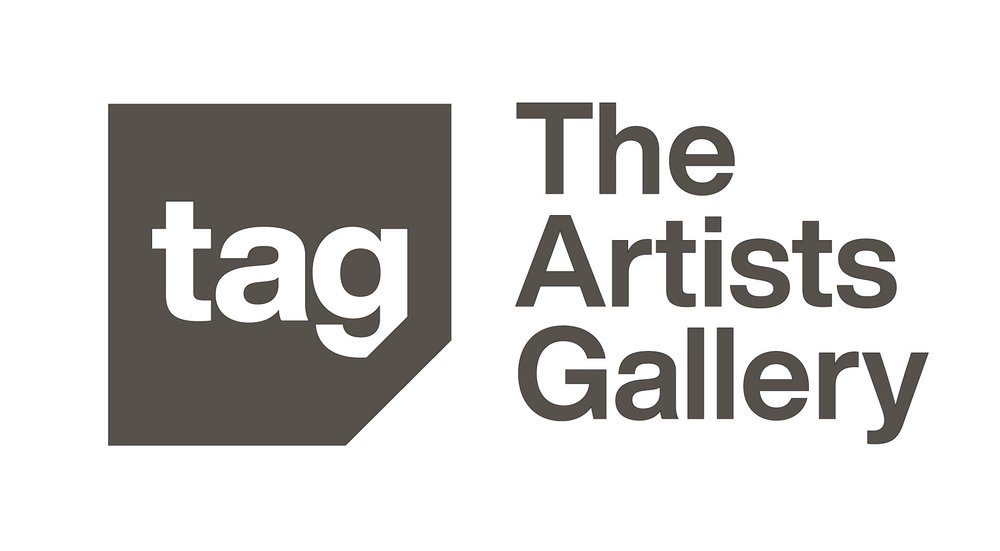“I was a bit of a math geek in high school, but went on to study my other love, art. The allure of geometry never left me—the precision, the interconnectedness, the beauty, the logic. I was drawn to the graphic nature of computer art in 1984. This world married the flexibility of art and the precision of mathematics into a virtually unlimited paintbox. The computer has been tied to my artwork, and my life, ever since. I never looked back.”
ABOUT
Karen Hochman Brown is a Los Angeles-based photographer using software to manipulate her photographic images.
Hochman Brown received her B.A. in Art from Pitzer College, where she continued to study math. Then leading her to her post-graduate work at California College of the Arts where she received her Master’s introducing Construction Geometry via Art, a now Junior High School curriculum she taught at Pasadena Waldorf School.
Today, her work has been widely exhibited in California and throughout the United States.
REFLECTIONS
Using the medium of photography, Hochman Brown translates nature through a digital lens. Her personal meditations take you inside a world of balance, patterns and visual trickery. Many versions of a distorted and reflected image are woven together to create precise visual symphonies in the form of multi-layered mandalas. In a world of digital over-simulation, the artist recognizes the irony of using the computer to create a peaceful, focused world.
DIGITOGRAPHY (computer-assisted painting)
Hochman Brown coined the term “digitography” from a combination of photography and digital process. In this body of work, she uses a graphic synthesizer to create custom virtual-paintbrushes, changing settings of endless parameters that react to a visual reference. The brushstrokes are applied one by one based on information such as shape, color, orientation and luminance. In this process, she is not limited to using photographs for reference and can venture into a world of totally algorithmic creations. Results can mimic natural painting styles or come off as purely graphic. In addition to 2-D prints, the artist processes images over time to develop animations.

